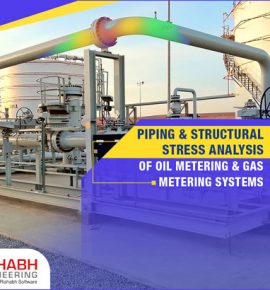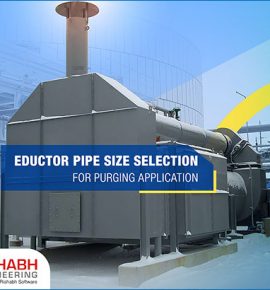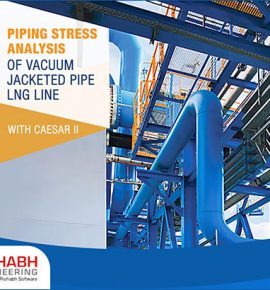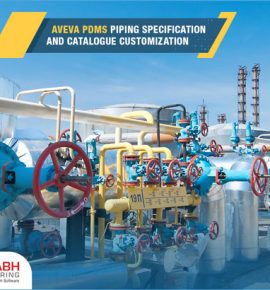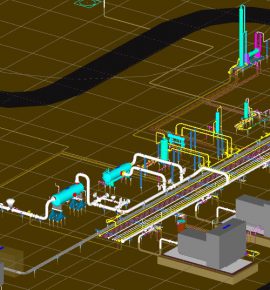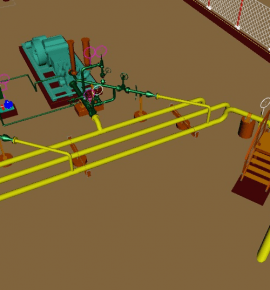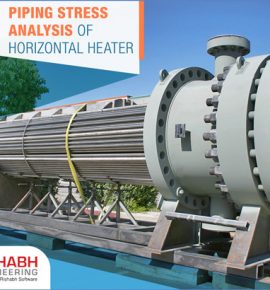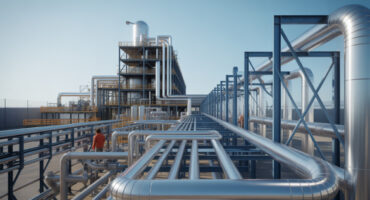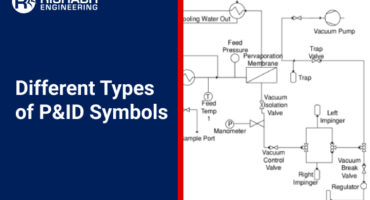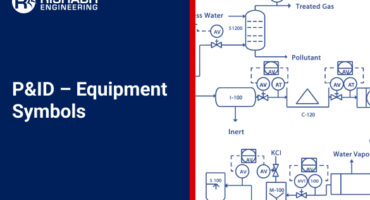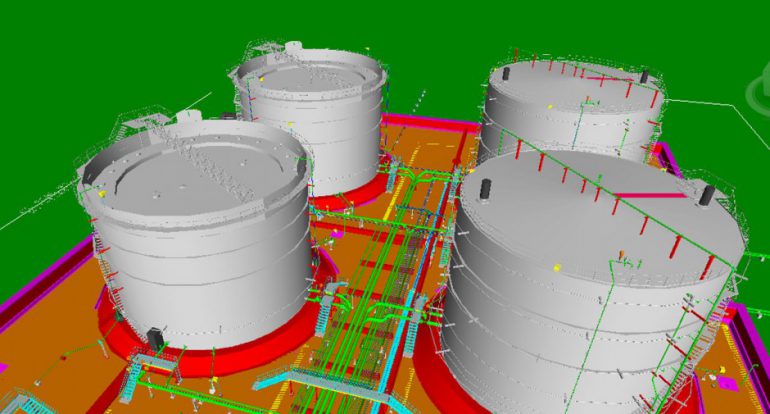
Project Information
Piping detail engineering and 3D modeling of Refinery Tank Farm Area using PDS
Description
Client
A multi-national EPC expert that specializes in delivering technology oriented projects for industries like petrochemical, polymers, fibers, energy, biofuels and environment. The client operates as one company, sharing one vision, one culture.

Engineering Requirement
- To set up complete project administration & customization of specifications
- 3D modeling of equipment’s piping, structures, fire-fighting, foam system, nozzle orientation, instrumentation & supports
- Isometric set up
- Orthographic set up
- Co-ordination with all the concerned departments with clients
- Design review with client using SPR (Surface Plasmon Resonance)
- Extraction of MTO
- Preparation of GA drawings
- Preparation of clash check reports
- Preparation of MTO (BOM) in excel format
- SPR sessions for client review

Delivered
- Area wise model
- Area wise clash check report
- Area wise A.G. piping GA
- Area wise U.G. piping GA
- Area wise IBR systems
- Area wise steam tracing GA
- IFC isometrics
- Nozzle orientation reports
- Battery limits / Tie in points / Sleeper details
- Support books with sketches
- All check prints with check list for audit purpose
Want to know more about this project?
Our Recent Projects
Connect with us for all your engineering design needs
US Toll-Free Phone
+1-877-747-4224
India Phone
+91 (265) 2680159
Drop Us An Email
sales@rishabheng.com
Our Offices
USA, UK & India (Head office)
Ready to work with us? Tell us more
Our Recent Blogs
If you are trying to determine how to choose a piping design partner who truly adds value, here are the essential criteria. Plus, how Rishabh Engineering checks the box on each one.
In the complex world of process industries, effective communication and documentation are crucial for ensuring safety, efficiency, and successful operation. The Piping and Instrumentation Diagram (P&ID) is vital in this domain. With this article, we will explore what is P&ID, its significance across diverse industries, the symbols employed, and a comprehensive guide on crafting them.
In this blog, we’ll explore the frequently used equipment P&ID symbols, while explaining their function, significance, and how they contribute to effective system design.
